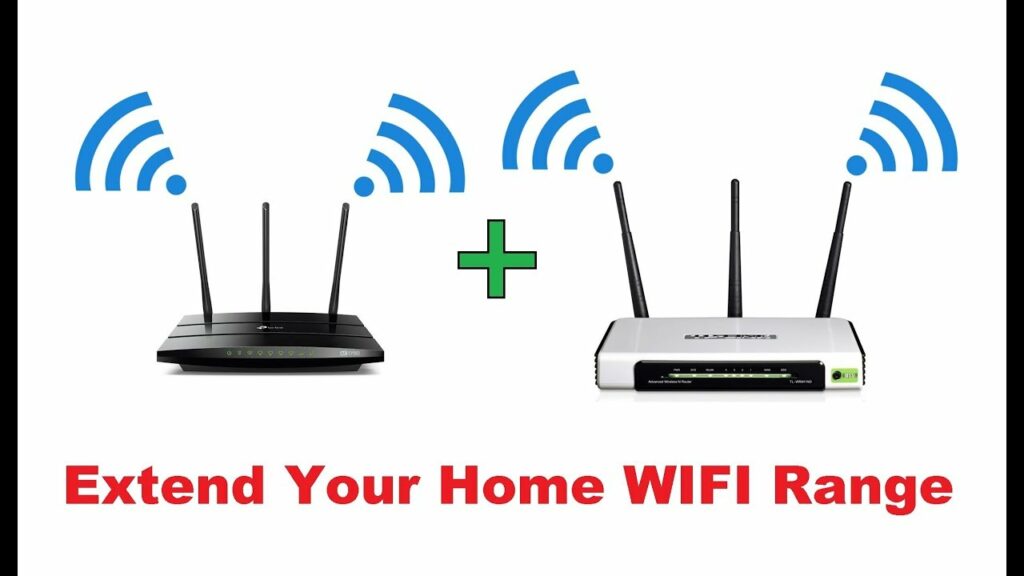How to extend Wi-Fi range

Extending Wi-Fi range is a common need for many users to ensure reliable wireless connectivity throughout their homes or workplaces. Whether you’re dealing with dead zones, weak signals, or a desire to enhance coverage, there are several effective methods and devices available to help extend Wi-Fi range. This comprehensive guide will explore various strategies, equipment options, and best practices to extend Wi-Fi coverage effectively and improve overall network performance.
Understanding Wi-Fi Range Extension
Common Challenges with Wi-Fi Range
- Dead Zones: Areas in your home or office where Wi-Fi signal is weak or nonexistent.
- Interference: Physical barriers (walls, floors), electronic devices, and other Wi-Fi networks can interfere with signal strength.
- Distance from Router: The farther you are from the router, the weaker the Wi-Fi signal becomes.
Factors Affecting Wi-Fi Range
- Router Placement: Central location, elevation, and proximity to devices.
- Obstacles: Walls, floors, and reflective surfaces.
- Router Technology: Antenna type, frequency bands (2.4 GHz vs. 5 GHz), and transmit power.
Wi-Fi Range Extension Methods
- Optimizing Router Settings:
- Adjusting router settings such as channel selection, bandwidth, and security protocols (WPA2/WPA3) can improve performance.
- Using Wi-Fi Extenders/Repeaters:
- Devices that amplify and rebroadcast Wi-Fi signals from the router to extend coverage to dead zones.
- Simple setup by connecting to the existing network and placing in areas with weak signal.
- Mesh Wi-Fi Systems:
- Multi-device systems that create a seamless network with a single SSID (network name) and manage traffic intelligently.
- Nodes communicate with each other to ensure consistent coverage throughout the entire area.
- Powerline Adapters:
- Uses electrical wiring to transmit data signals, extending Wi-Fi through power outlets in areas with poor wireless coverage.
- Connects one adapter to the router and another to a device or Wi-Fi access point.
- Wi-Fi Boosters/Amplifiers:
- Devices that increase the strength and reach of Wi-Fi signals without requiring configuration changes to the router.
- Plug-and-play setup by connecting to a power outlet and configuring settings through a web interface.
- Upgrading Router Antennas:
- Replacing stock antennas with high-gain or directional antennas can improve signal strength and coverage in specific directions.
- Router Firmware Updates:
- Ensuring the router firmware is up to date can improve performance, security, and compatibility with newer devices.
How to Extend Wi-Fi Range: Step-by-Step Guide
Step 1: Assess Current Wi-Fi Coverage
- Wi-Fi Analysis Tools:
- Use apps or software (e.g., NetSpot, WiFi Analyzer) to map signal strength and identify dead zones.
Step 2: Optimize Router Placement
- Central Location: Place the router in a central area of your home or office for even coverage.
- Elevation: Position the router at a higher elevation (e.g., shelf, wall mount) to improve signal propagation.
Step 3: Adjust Router Settings
- Channel Selection: Choose the least congested Wi-Fi channel to minimize interference from neighboring networks.
- Bandwidth Allocation: Prioritize bandwidth for specific devices or applications using Quality of Service (QoS) settings.
- Security: Enable WPA2/WPA3 encryption to secure your Wi-Fi network and prevent unauthorized access.
Step 4: Use Wi-Fi Extenders/Repeaters
- Setup Extender/Repeater:
- Plug in the Wi-Fi extender/repeater within range of your existing Wi-Fi network.
- Follow manufacturer instructions to configure and connect to your router’s network.
Step 5: Deploy Mesh Wi-Fi System
- Install Mesh Nodes:
- Place mesh nodes throughout your home or office, ensuring even distribution of coverage.
- Follow setup instructions provided by the mesh Wi-Fi system manufacturer.
Step 6: Consider Powerline Adapters (if applicable)
- Setup Powerline Adapters:
- Plug one adapter near the router and connect via Ethernet cable.
- Plug another adapter in the area needing Wi-Fi coverage and connect to a Wi-Fi access point or extender.
Step 7: Upgrade Router Antennas (optional)
- Replace Antennas:
- Replace stock antennas with high-gain or directional antennas for increased signal strength and coverage.
Step 8: Test and Monitor Wi-Fi Performance
- Performance Testing:
- Use speed testing tools (e.g., Ookla Speedtest) to measure Wi-Fi performance in different areas of your home or office.
- Ensure all devices connect seamlessly and experience improved coverage.
Step 9: Implement Additional Optimization
- Firmware Updates:
- Regularly check for and install firmware updates for your router and Wi-Fi extenders to ensure optimal performance and security.
- Wi-Fi Analytics:
- Monitor network performance and adjust settings as needed based on usage patterns and feedback from Wi-Fi analysis tools.
Best Practices for Extending Wi-Fi Range
- Security: Enable strong encryption (WPA2/WPA3) and change default passwords to prevent unauthorized access.
- Regular Maintenance: Periodically check and update router settings, firmware, and Wi-Fi extenders to maintain performance and security.
- Positioning Devices: Place Wi-Fi extenders, mesh nodes, and routers away from obstructions and sources of interference.
- Monitor Signal Strength: Use Wi-Fi analyzer tools to periodically check signal strength and make adjustments as needed.
Conclusion
Extending Wi-Fi range involves strategic planning, device selection, and configuration to ensure comprehensive coverage and reliable connectivity throughout your home or office. By following the steps outlined in this guide and implementing the recommended methods, you can effectively enhance Wi-Fi coverage, eliminate dead zones, and improve overall network performance. Evaluate your specific needs, choose appropriate Wi-Fi extenders or mesh systems, and optimize router settings to achieve a robust and stable wireless network environment. If unsure about any steps or encountering technical challenges, consult manufacturer documentation, seek assistance from IT professionals, or refer to online resources for additional guidance.




